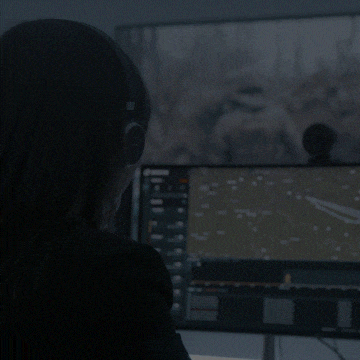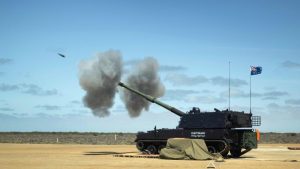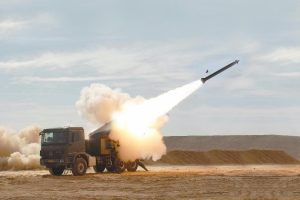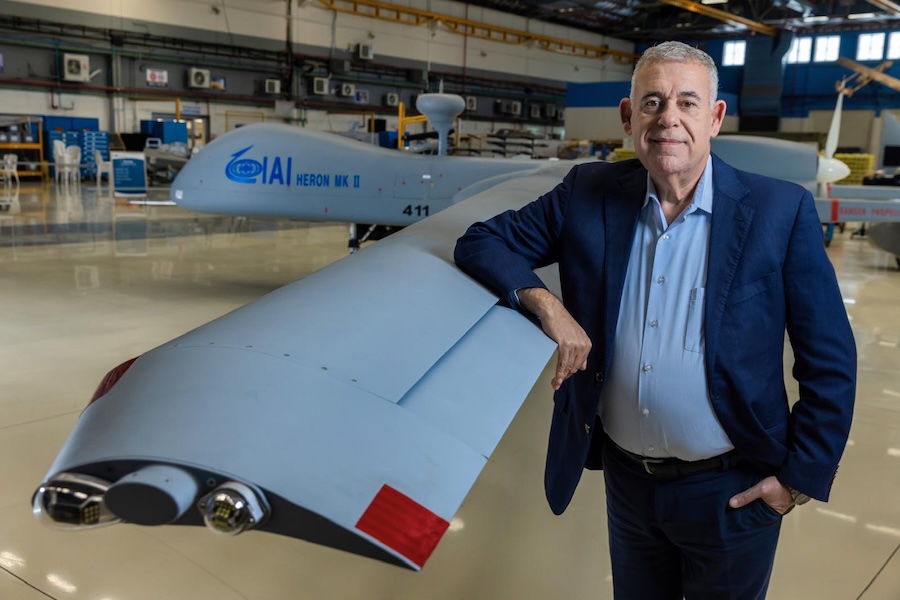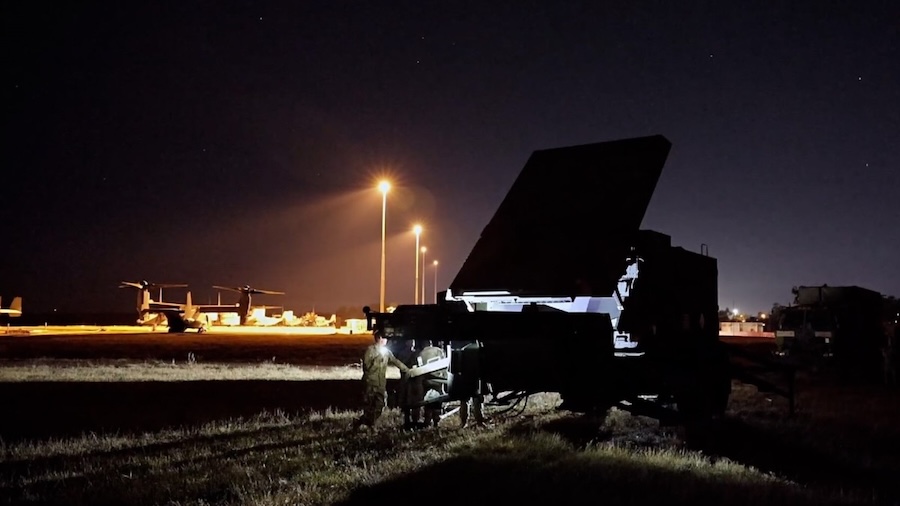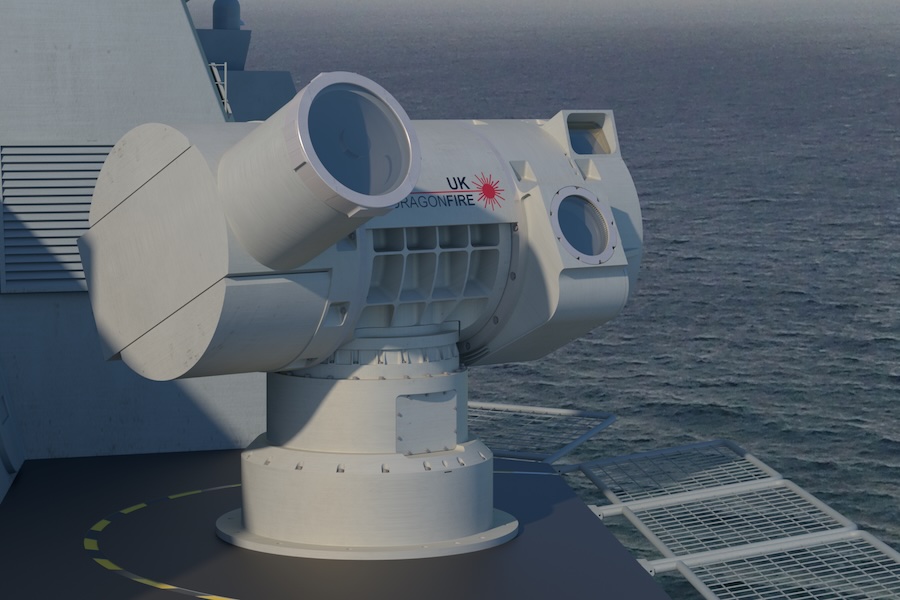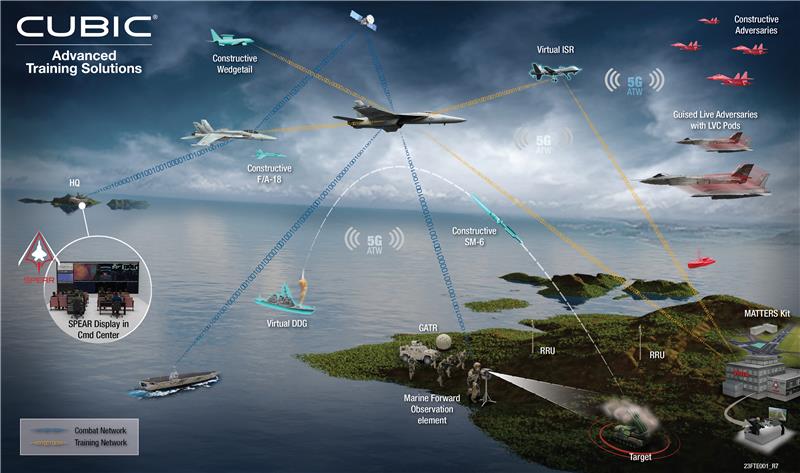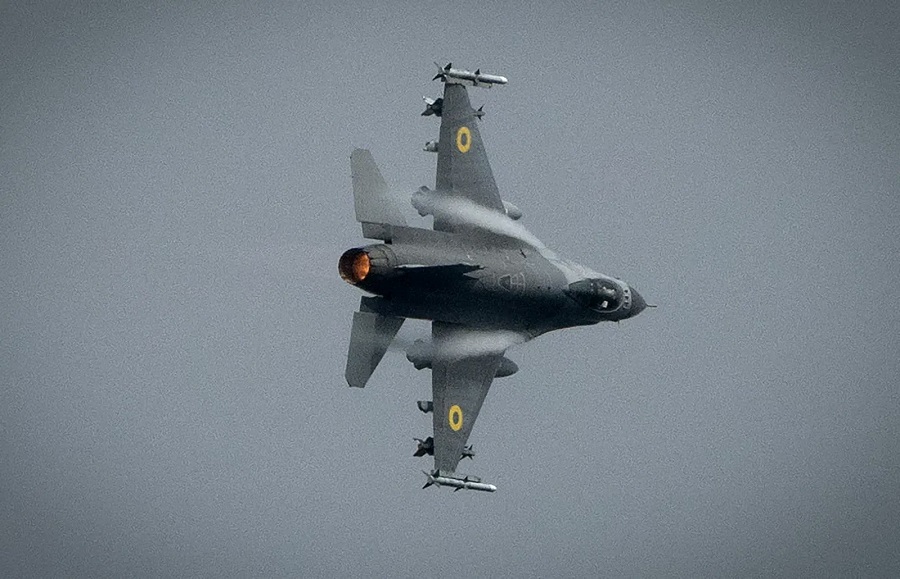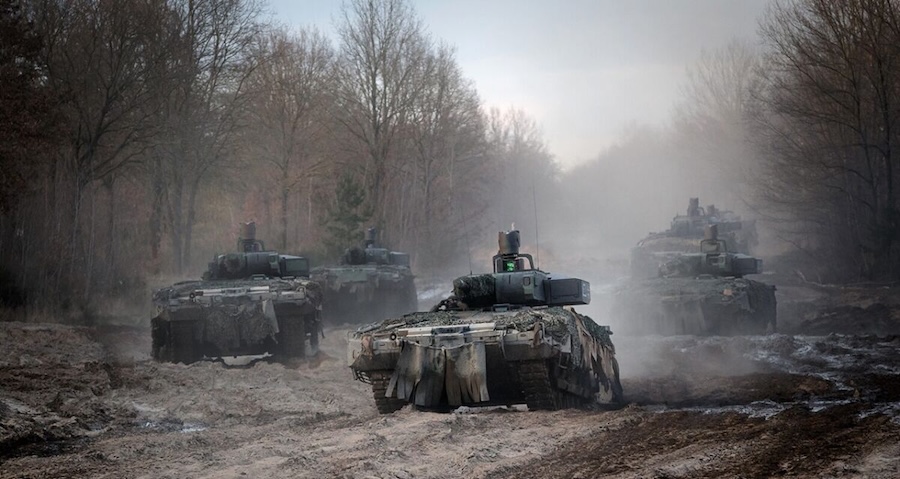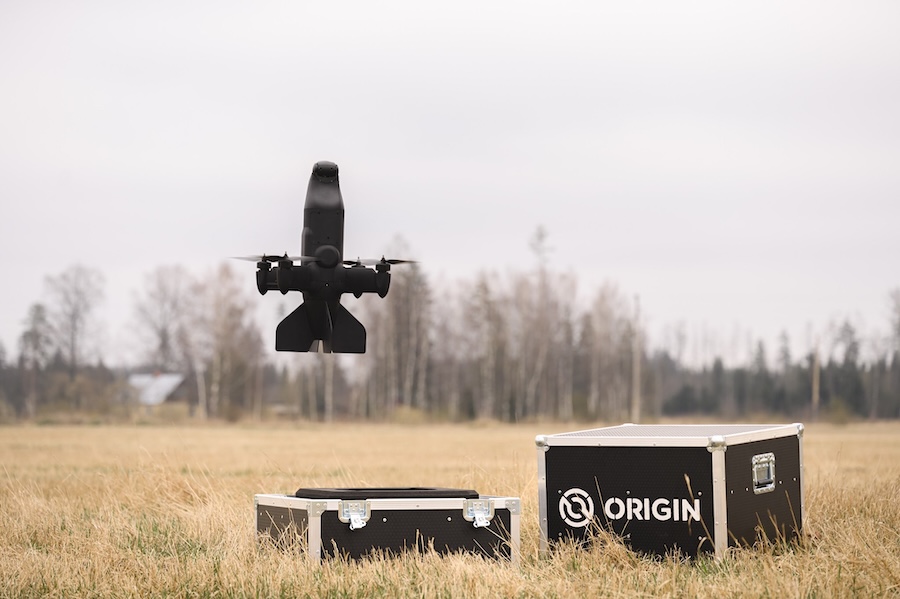The current CN98 barrel, used in the K9 series, is 52 calibres long, and the new design may also include an expanded chamber volume. These upgrades are intended to increase the howitzer’s firing range to up to 80 km using specially developed ammunition with reduced explosive charge, which also aims to enhance precision.
Standard ammunition is expected to see a range increase of 5 to 10 km compared to current versions. Hanwha claims that this extended reach and accuracy will enable South Korean artillery units to engage targets deeper in enemy territory.
The K9A3 will include a remotely operated weapon station for self-defence and limited anti-air capabilities, likely armed with a 12.7 mm heavy machine gun. Its armour is set to be stronger than that of existing and in-development variants such as the K9A2.
The weapon system will be highly automated, with an unmanned turret and optional crewless operation in certain combat scenarios. The crew size will be reduced to two soldiers, with automation also intended to speed up firing readiness and withdrawal, thereby increasing crew and system survivability.
Hanwha states that reduced reliance on personnel and logistics support will further improve operational efficiency. The K9A3 is also expected to integrate seamlessly with unmanned ground and aerial systems, alongside network-centric communications and fire control systems.
Details on propulsion remain limited, but future models may incorporate hybrid systems. The K9A3 is not anticipated to enter service for some time, with estimates suggesting deployment between 2035 and 2040, following the more conservatively developed K9A2.







